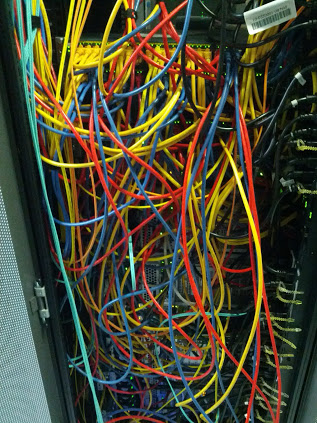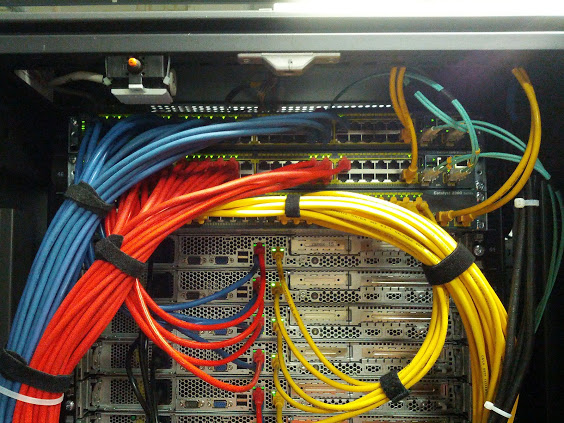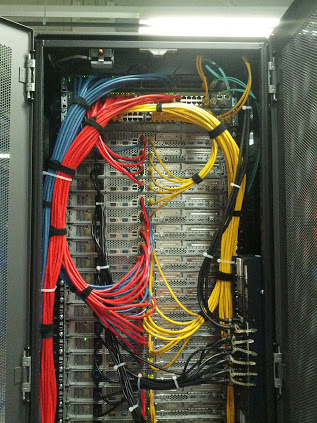Always something new what is not working, this time a site-to-site VPN tunnel between a Juniper ISG 2000 and a Cisco ASA 5520. After the initial set-up what a colleague did everything seemed to work fine with the VPN, the tunnel come up and communication was possible. What my colleague not did was to do some intensive testing and check in detail the configuration.
The problems began ones these VPN tunnels were used for production traffic, they worked fine for some hours or maybe days but then suddenly you were not able to send or receive any data over the tunnel and mostly it happen over night where it was difficult to troubleshoot. In the beginning everybody said that it was a problem within the internet but when it happened three or four times a week I got suspicious that its something wrong with the boxes or even configuration.
First thing was to check the configuration and quickly I found a difference in the IPSec Phase2 default timers, the Juniper uses 1 hour and Cisco has 8 hours. I was happy and thought I found the reason for the connectivity problems but then two days later it happened again… 🙁
There where some strange syslog messages about anti-replay checking failed:
ASA-4-402119 IPSEC: Received an ESP packet (SPI= 0xFBEFD496, sequence number= 0x1C24) from 80.210.78.10 (user=80.210.78.10) to 31.217.30.132 that failed anti-replay checking.
These messages always came when we had the connectivity problems and that could be only now the last reason. I have to say I didn’t really found much but there were some articles that Juniper doesn’t support Cisco Anti-Replay checking and that you need to disable that on the Cisco side.
Here a release note I found from Juniper but it’s about Cisco’s GET VPN:
In the end that was the only thing I found and I thought give it a try and disable the anti-replay checking on the ASA when we had the problems again. I did so I waited until the problem happened again and disable the anti-replay checking with the following command:
crypto ipsec security-association replay disable
It’s global command were you disable the checking for the whole device. Here some more information:
http://www.cisco.com/en/US/docs/security/asa/asa81/command/ref/c5.html#wp2200043
When I disabled the checking the communication was suddenly possible again and since then the problem never happened again so the anti-replay checking was the cause of the connection problems between the Juniper and the Cisco. Always something new to learn 🙂



